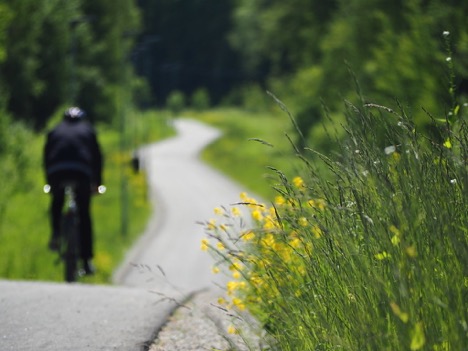A New Transit Reality
Regular transit users are facing a new reality when trying to meet their daily needs. Communities across the country are seeing transit systems reduce frequency and availability of service, while some are seeing transit service not operating at all. Additionally, ride-hailing services are also being impacted by the pandemic, elevating walking or biking as the main option for personal mobility. In the midst of these unprecedented times, walking or biking might be the only way for family to access the grocery store for a nurse to get to work.
In addition to providing access to essential goods and services, active transportation provides positive benefits for our mental health. In a time when we are all being asked to stay home as much as possible, going for a long walk or bike ride might be the only way for some to get some fresh air and exercise. Simply walking in your community and seeing other people has can reduce the isolating effects of we can feel from being alone. However, with gyms closed, and the need for distance between users, existing pedestrian infrastructure has been pushed to its max. Images of packed trails and sidewalks have been published in the media, and some municipalities are closing these popular attractions all-together.
An Infrastructure Shift
In response to the growing demand for better walking and biking infrastructure across the globe, we have seen many communities testing strategies to make active transportation safer. Instead of closing popular paths, some places are instead closing streets to cars to provide more space for pedestrians and bikes. Philadelphia has closed a portion of its MLK to cars to allow more space for physical activity. New York City, which has already seen over a 50% increase in cycling in the city this month, will be closing two main streets per borough to make socially distant travel and leisure possible. Mexico City is considering nearly quadrupling its network of bike lanes. And on the largest scale, Bogota, Colombia has. over the course of a few days, built nearly 50 miles of bike lanes. Bogota is even making these lanes permanent to improve air quality in the city after this crisis is over.
No matter the community, mobility professionals should look at what options they have to safely move people while still socially distancing. Trails and paths may become crowded and new ideas for transportation and leisure can help. Traffic volumes are down on most of our streets, making this an opportune time to try new things.
__________________________________________________________________________________________________________________________________________
Is your community taking a novel approach to supporting active transportation or innovative mobility during this time?
We’d love to hear what you are doing. Please let us know below!


